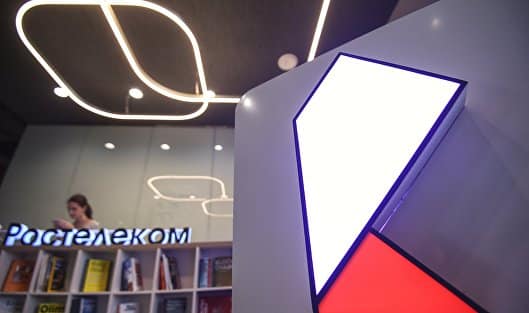Two researchers shared a paper called Optical Proof of Work. Here they describe a mining algorithm that is no longer dependent on low energy costs and which means that energy consumption is 10 to 100 times lower. This should again ensure that miners are no longer centralized in China.
Falling course, fleeing miners
When the bitcoin bullrun ended abruptly at the end of 2017, the value fell from more than 16,000 euros to less than 8,000 euros in just a few days.
But when the value of Bitcoin fell, something strange happened. The hashrate on the bitcoin network continued to rise. The reason? Despite the impairment, bitcoin mining was still profitable. In other words, the costs for mining are still lower than the value of the coins that result from this. With the costs we mean energy costs and the price of the hardware.
This continued for a while until November 2018. Then the value dropped to 3,000 euros. For many miners this was the straw. Suddenly, bitcoins were no longer valuable enough to cover all their costs and many stopped mining. The computer power of the bitcoin network collapsed, from 60 exa hashes per second to just 35.
China’s risk
The effect of this crash can still be felt. Before the rate fell to 3,000 euros, miners were well spread geographically. As a result, no country or region had a disproportionate impact. But after the crash, minen only became profitable in places where cheap energy can be found. At present, most of the miners are in western China, and we are fortunate that mines are not banned in China, even though this has been the case for a long time.
But despite the fact that mining is not prohibited in China, the country has an enormously negative attitude towards bitcoin and other cryptocurrencys. And the fact that the majority of miners are Chinese, and therefore production is somewhat centralized, can be a threat to bitcoin.
Optical Proof of Work
Michael Dubrovsky from Columbia University in New York and Bogdan Penkovsky from the University of Paris write in their paper (PDF) that they think they have found a solution. They investigated ways to make proof of work less dependent on energy consumption, and thus who can obtain the cheapest energy. And that without having to surrender computer power. Also important, their idea can be implemented via a BIP and does not require a hard fork.
The secret is very simple, instead of using regular chips to guess the correct hash, they want to use optical computers (also called photonic). The researchers claim that these computers use much less energy and can fundamentally change the calculation behind bitcoin mining.
Curious about what optical computing is? Then watch the above video of Singularity Prosperity.
Development of optical computers
To achieve this, they have devised a modified encryption protocol, called HeavyHash, specially for optical computers. The researchers lean on the forces of market forces. According to the researchers, “Optical Proof of Work” ensures the adoption and development of photonic chips and that drastically reduces the energy consumption of bitcoin.
The moment the price of energy is no longer the most important consideration, it is again about the cost of hardware, writes Dubrovsky. And that has the additional positive effect that miners can be profitable in locations other than just where energy is cheap (read: China).
Plenty of questions
The theory seems to be correct, but there are still some snags. How energy efficient photonic chips really are in practice is not yet clear. And in practice you see that bitcoin constantly scales, and the effect of this on Optical Proof of Work has not yet been calculated by the researchers.
And perhaps even more important: although the idea is good, it is not clear how Optical Proof of Work can ensure in the long term that regional differences in energy prices no longer matter. Suppose that everyone switched to the computers they proposed, then there will come a time when the costs of all hardware are the same for all miners. And then it’s another race for cheaper energy.
Ten to a hundred times less energy
Dubrovsky tells Decrypt that they will discuss these points later in a following paper describing a more detailed model. Yet they want to lift a tip: “An adult Optical Proof of Work network spends between ten and a hundred times less energy.”
According to the researchers, energy costs will always be important, but the impact can be minimized. “If the most important cost item is the investment in machines. and energy costs play a much smaller role (as opposed to what is now the case), then the costs of capital and operational risk become much more important. Stable countries with clear regulations and low interest rates will then attract more Optical Proof of Work miners. “
Decrypt therefore concludes that China and Russia are being sidelined.















